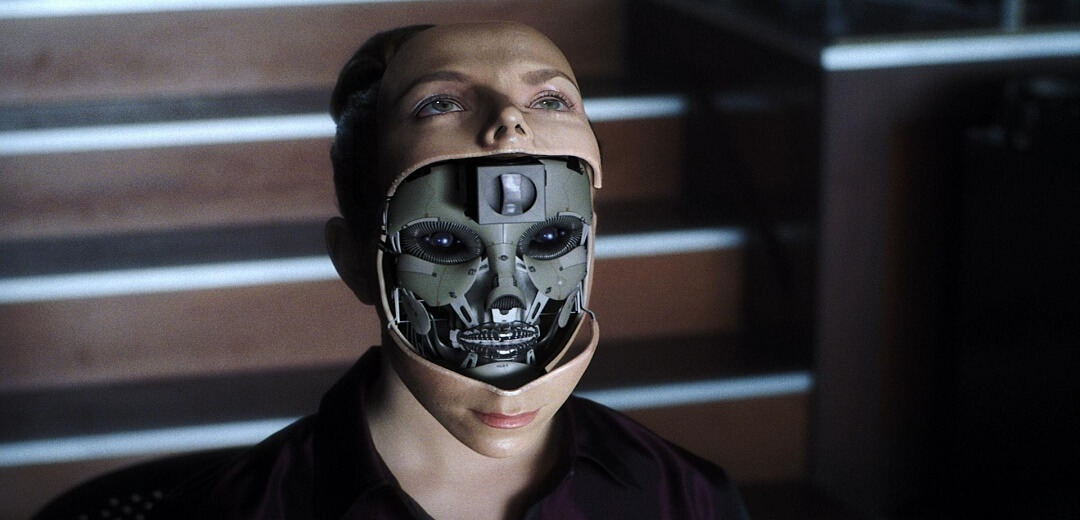Artificial intelligence is usually demonstrated by machines/devices that perceive their environment and undertake actions to maximize their chance of achieving their goals. Through A.I, machines tend to mimic the cognitive actions that are associated with humans.
The recent capabilities of A.I. include; understanding human speech, interpreting data, being able to compete in the strategic game system, content delivery networks, and directing autonomous cars.

Over time there have been discussions and debates as to whether:
- The human brain and artificial intelligence are similar
- Artificial intelligence is going to surpass the human brain
- The evolution of artificial intelligence will have a negative impact on future generations
- Robots will outdo the thinking capacity of people
- Artificial Intelligence will destroy humanity
- Artificial intelligence will reduce jobs meant for humans
All this has been accustomed to how everything is being digitalized. However, many specialists are championing against the over-development of artificial intelligence.
Stephen Hawkings advocated for studying of AI which he saw as the future of things. However, AI is a two-way affair; can be useful and also destructive.
Destructive nature
If humans integrated AI into its advanced stages, it may pose a threat to humankind through various inventions. Moreover, superiors can even use the technology to their advantage to oppress the inferior ones.
Artificial intelligence imprinted on various devices can destroy humankind if the engineers behind the technologies don’t get a grip on the ethics related to the technology. For instance, self-driving cars are currently being rigorously tested to ensure that they don’t end up harming more than helping. It is estimated that in 20 years all vehicles made will be self-driven and smarter.
It is predicted that most devices will possess super-intelligence due to lack of biological constraints, processing speed, and limited memory. Human intelligence will be outdone with artificial intelligence that may be destructive to humankind.
Useful nature
AI can go a long way in helping to undue industrialization that has had a bad impact on our environment. With the revolution of AI, it means that things will be simplified and lead to a reduction of many tasks. This will reduce the demand for more industries to solve certain problems in the world.
With the revolution of Artificial Intelligence, it will be easier to treat some deadly diseases, restore the natural environment and reduce poverty rates.
Companies that work with Artificial Intelligence
There are various well-known companies that have greatly embraced machine learning and Artificial Intelligence:
AI Brain – AIBrain is the home for AI enthusiasts with the grand aim to augment human intelligence with AI. AIBrain builds AI solutions for robotics applications and smartphones. AIBrain wants to augment human intelligence with autonomous AI and memory.

Amazon – Uses a machine learning platform that provides companies with the ability to predict patterns using data. Jeff Bezos, CEO of Amazon, said that while developments like Alexa, Echo and Prime Air delivery drones were ‘super obvious’ examples of how Amazon is using AI, machine learning was being deployed across the company.
Apple – Apple’s Siri, a virtual phone assistant, is a great example of AI -The Siri watch face customizes content in real time — including everything from traffic information and news to smart home controls and everything that virtual assistant thinks might be relevant.
An Apple employee also revealed that the company has made in using Lidar sensors to detect pedestrians, cyclists and cars.
Facebook – This brilliant conglomerate has already opened three labs based on artificial intelligence. They are also looking forward to help in segments such as bullying, harassment, terrorism and suicide attempts using Artificial intelligence.

Google – Google is Using it’s DeepMind Algorithm for its photographic memory. DeepMind created an algorithm that bestows memory on the system, allowing it to learn, retain knowledge, and reuse it. The system uses supervised learning and reinforcement learning tests to learn in sequences. The DeepMind algorithm supports continual learning just like the synaptic consolidation of the human brain.
IBM – For embedding Watson (which is a super-computer that reveals insights from unstructured big data)
Intel – The Company has invested in various AI start-ups and is committed to optimized machine learning libraries and frameworks
Netflix – A popular streaming service uses AI to provide personalized recommendations to the user based on their watching habits. Netflix uses AI algorithms to review each frame of a video and compress it only to the degree necessary without degrading the image quality.
PINTEREST – Uses AI for serving relevant pins to each user
Twitter – They have invested in around 4 AI companies. It recently introduced an algorithmic timeline that bases tweets on relevance and recommends tweets in user’s timelines.
Conclusion: –
There are certain limitations that can be attributed to machines such as;
- Machines can easily calculate and solve an equation due to their capability, but can’t understand what it’s doing.
- Machines only recombine what humans have created and can’t do it on their own.
- Machines are mainly rational to their intended function, unlike the human brain that can understand both the rational and non-rational aspect.
- Machines don’t possess any kind of emotions unlike humans. The human brain tends to direct a person to do a certain function due to a situation unlike a machine that doesn’t possess intuition.
Thus, Artificial intelligence can’t be exactly similar to the human brain. If the disputes of certain scholars are taken into consideration, the advancement of artificial intelligence will not lead to outdoing of human intelligence.


Machine learning/ artificial intelligence is the next generation life for sure!!
Great Article, Very informative and helpful information about the Age of AI I’ve read about IBM’s Watson in many articles but none of them gave me as satisfactory description as this did. Learning more with quality over quantity sounds fascinating.